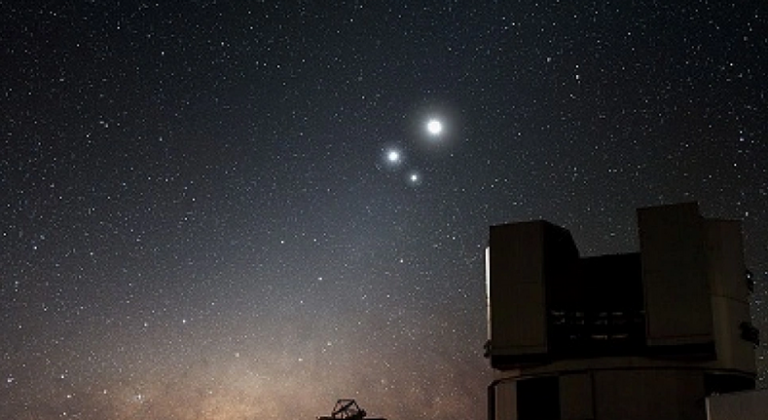It’s hard not to love the Kepler Space Telescope. Launched in 2009, the venerable spacecraft discovered nearly 5,000 suspected or confirmed exoplanets—or worlds orbiting other stars—during its 11-year lifetime. Built and launched at a relative bargain price of $600 million, it generated 4,306 scientific papers written by 9,606 authors. So all good, right? Well, not entirely.
In that same 11 years, the telescope that discovered so many other worlds did no favors for our own, generating an annual total of 4,784 tons of carbon dioxide emissions, or a hefty 52,620 tons over its lifetime, mostly as a result of the electricity and supercomputing power it took to keep it operating. That also comes out to 12 tons of CO2 per paper and five tons per author.
Greek Foreign Minister Dendias proposes he lead a humanitarian mission to Mariupol
Astronomy, in some ways, seems like the cleanest of sciences. After all, it costs nothing to look at the sky. But both ground-based and space-based observatories extract a huge environmental toll—in terms of construction, launch, energy generation and consumption, and even, at least before the pandemic, in the air miles burned as the world’s estimated 30,000 astronomers flew from conference to conference around the globe.
Read more: TIME
Ask me anything
Explore related questions





